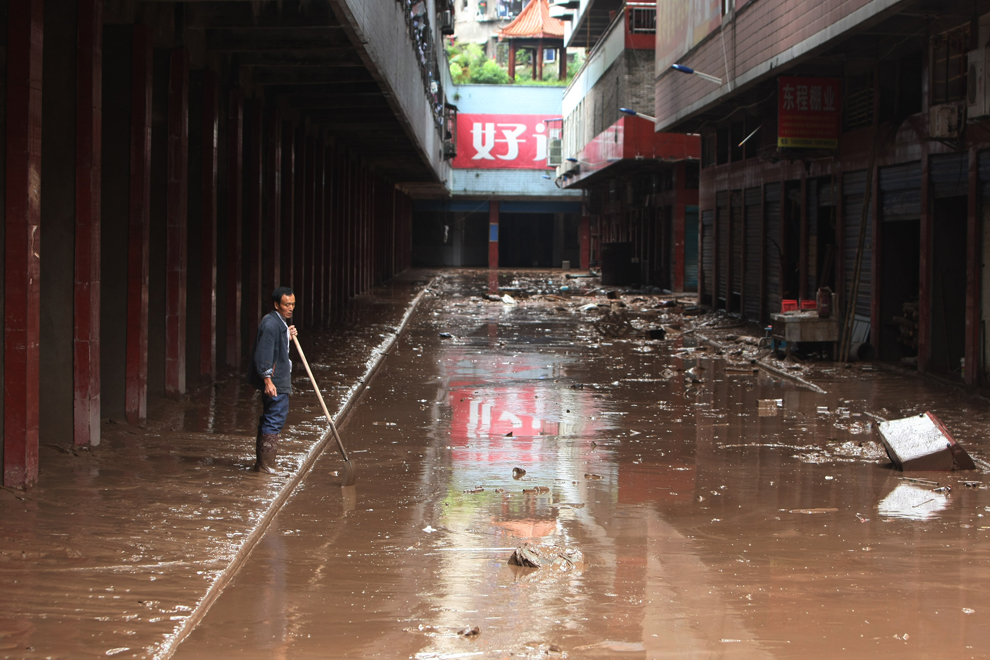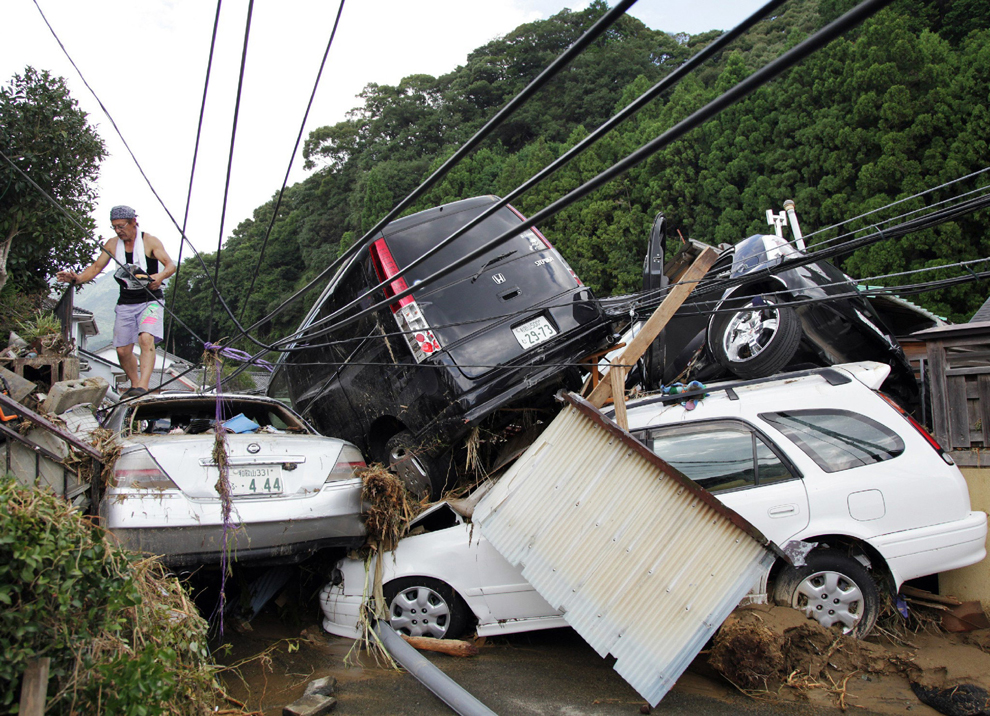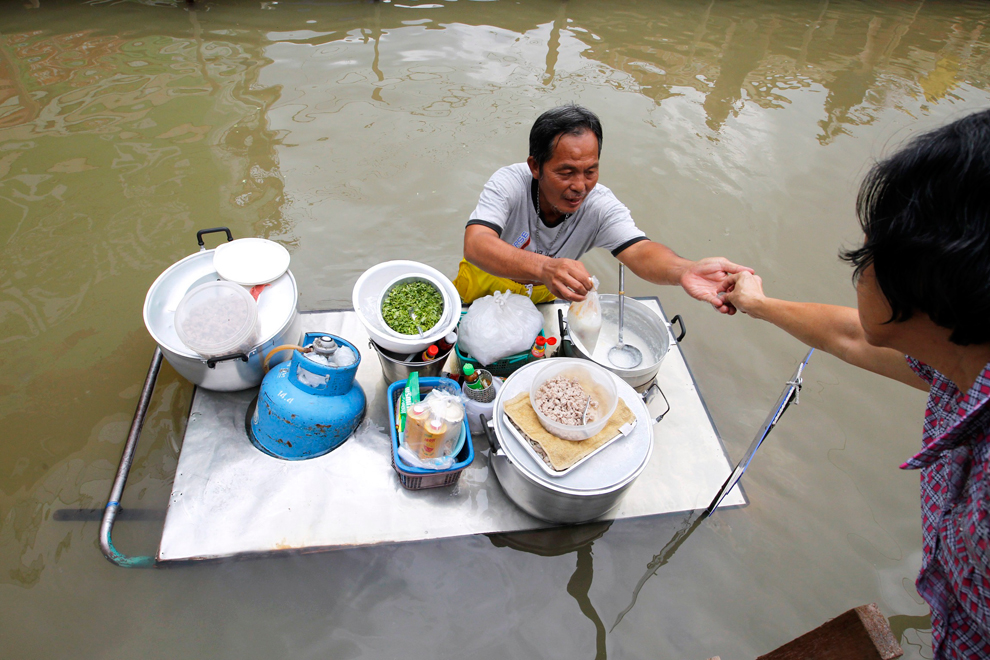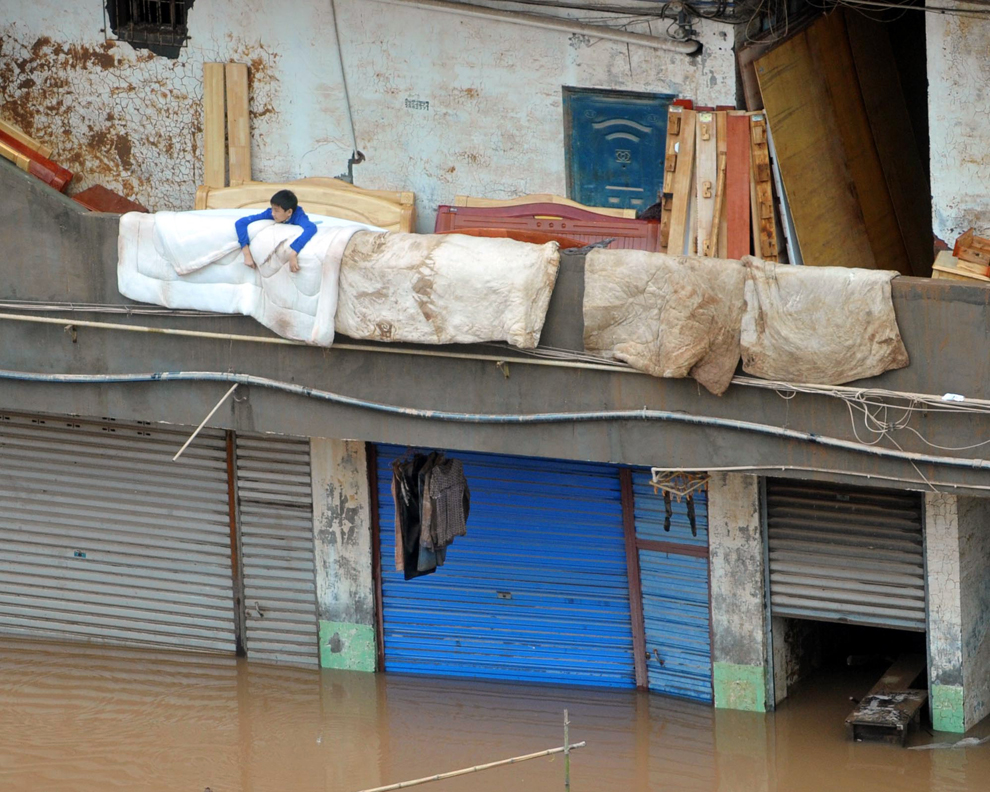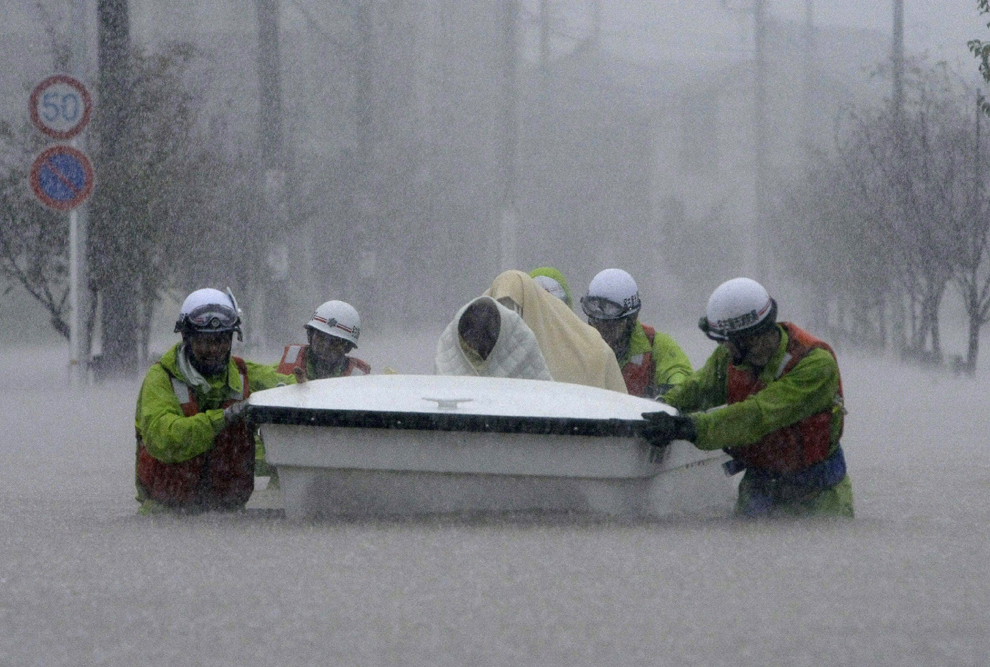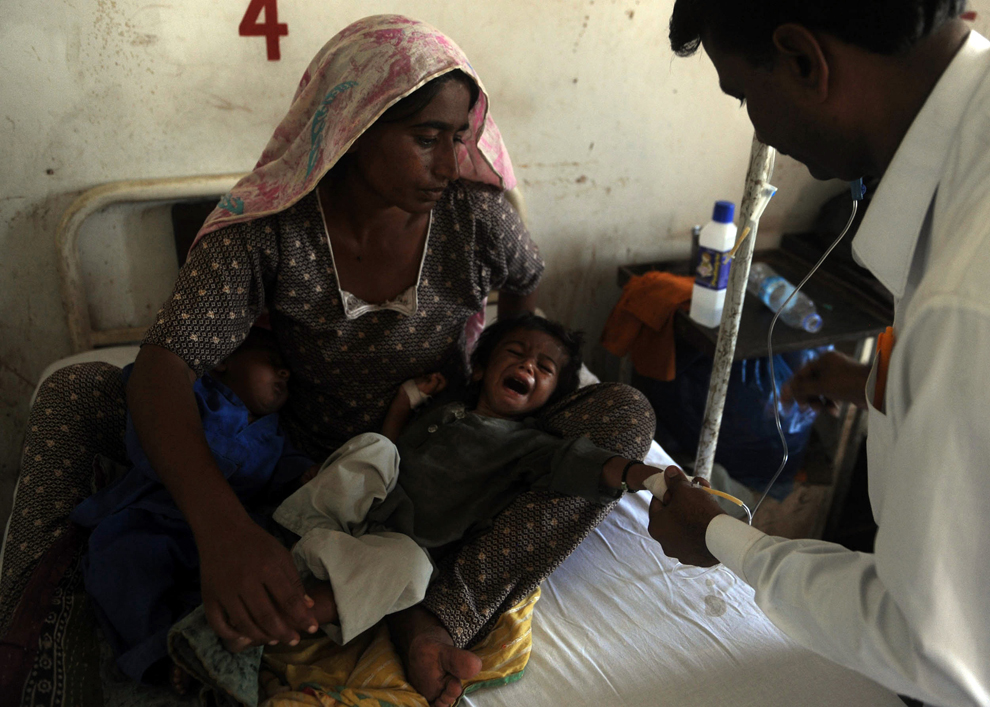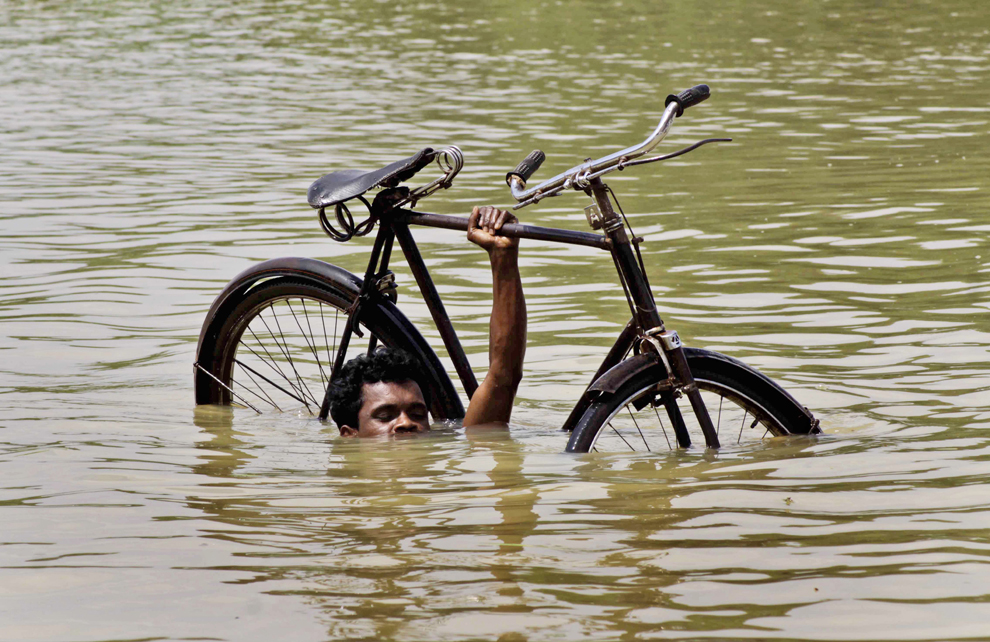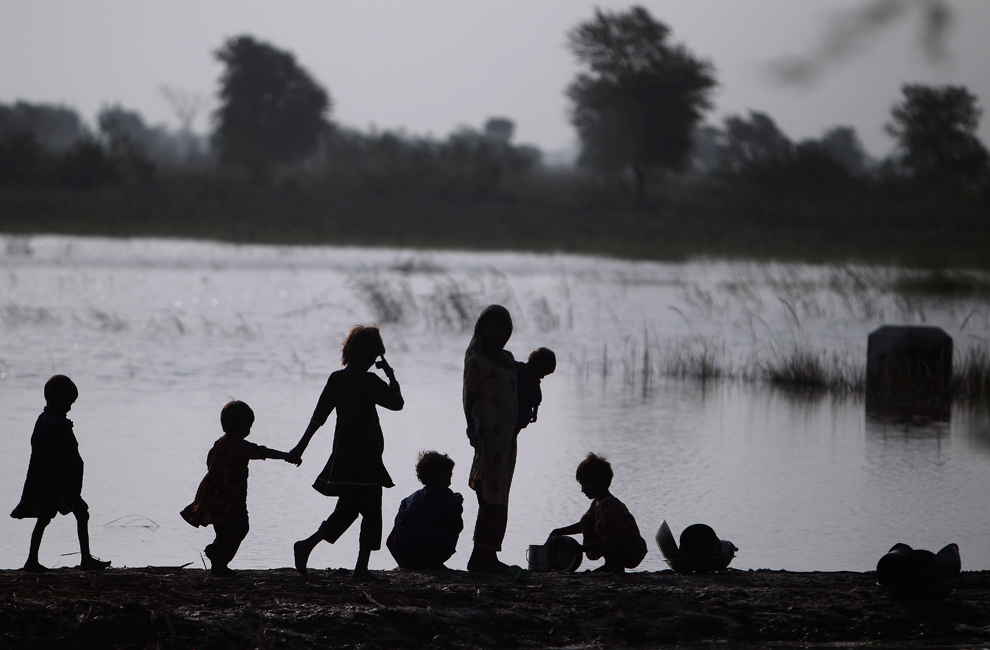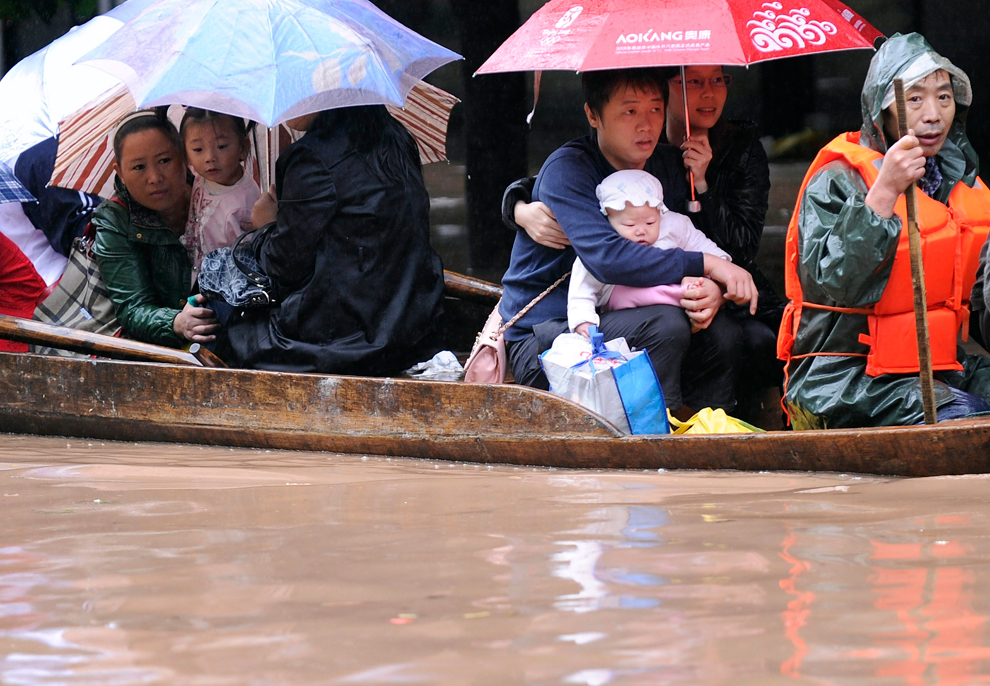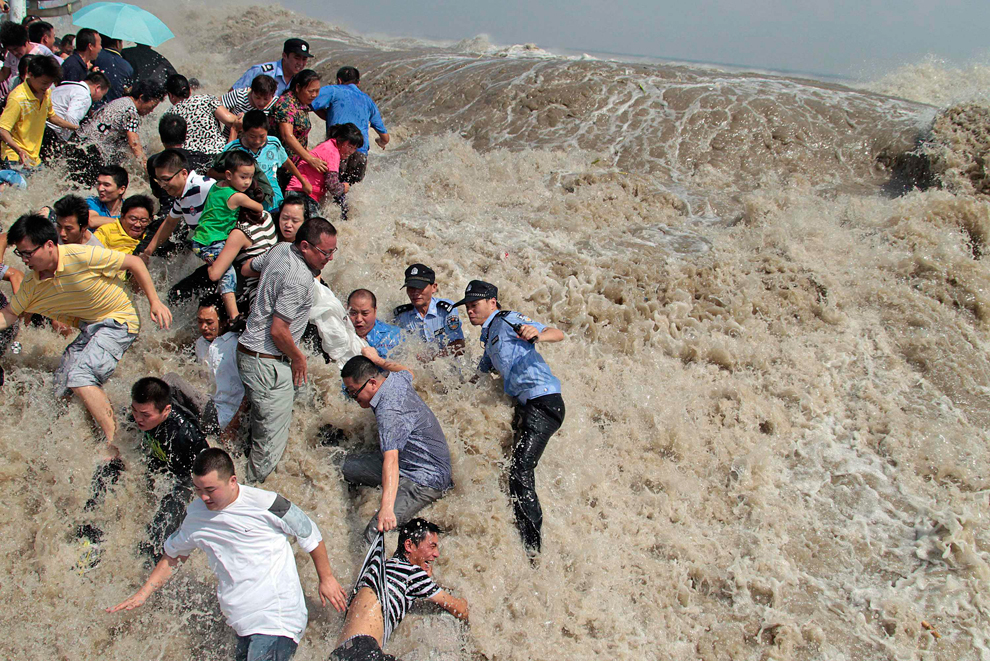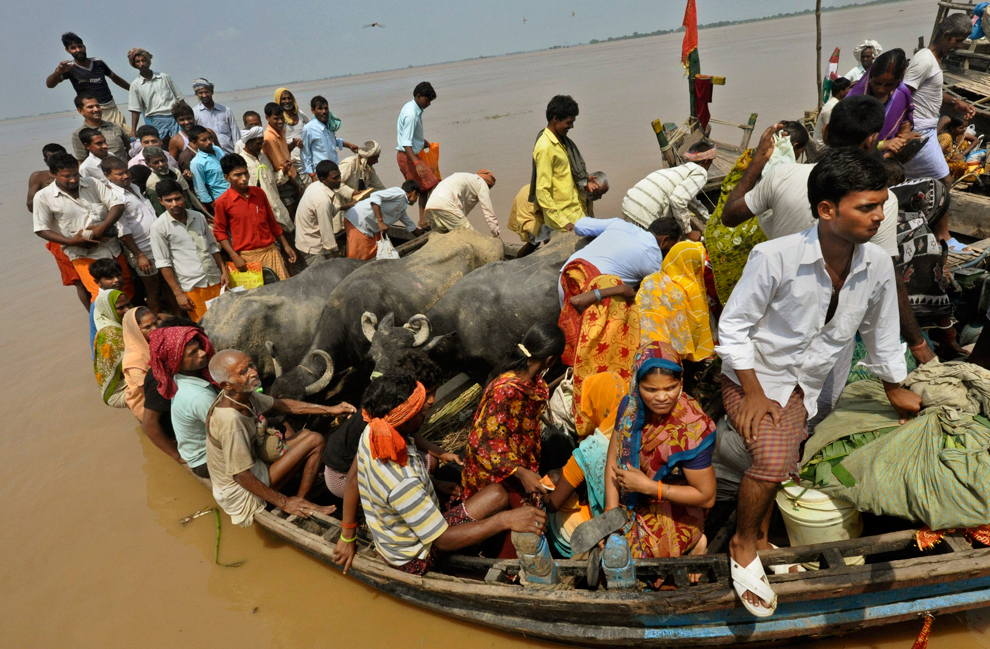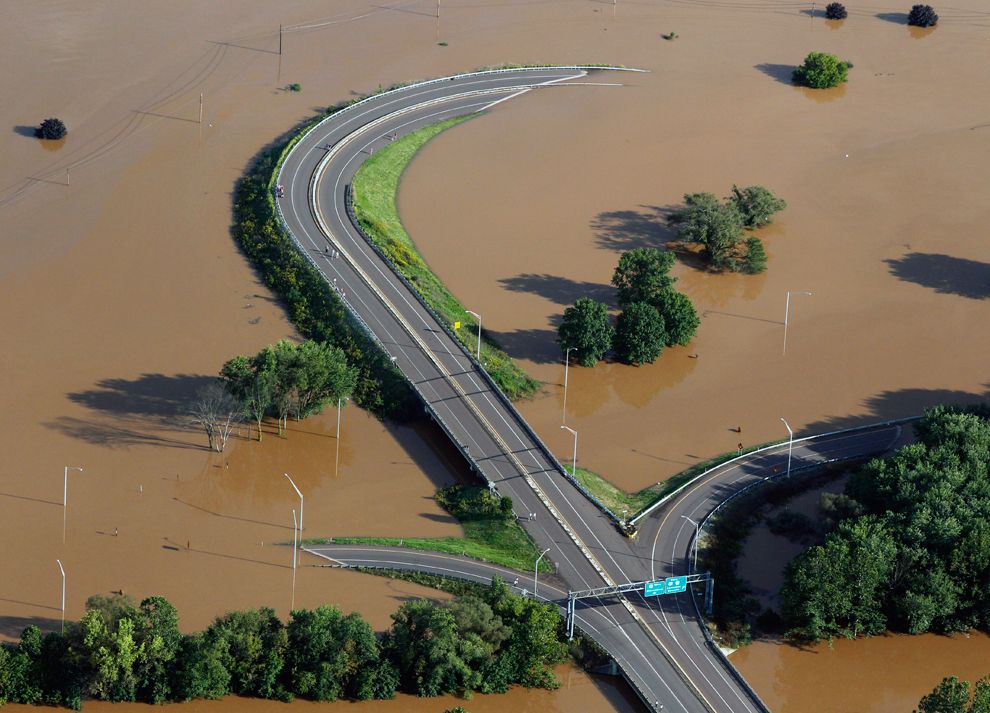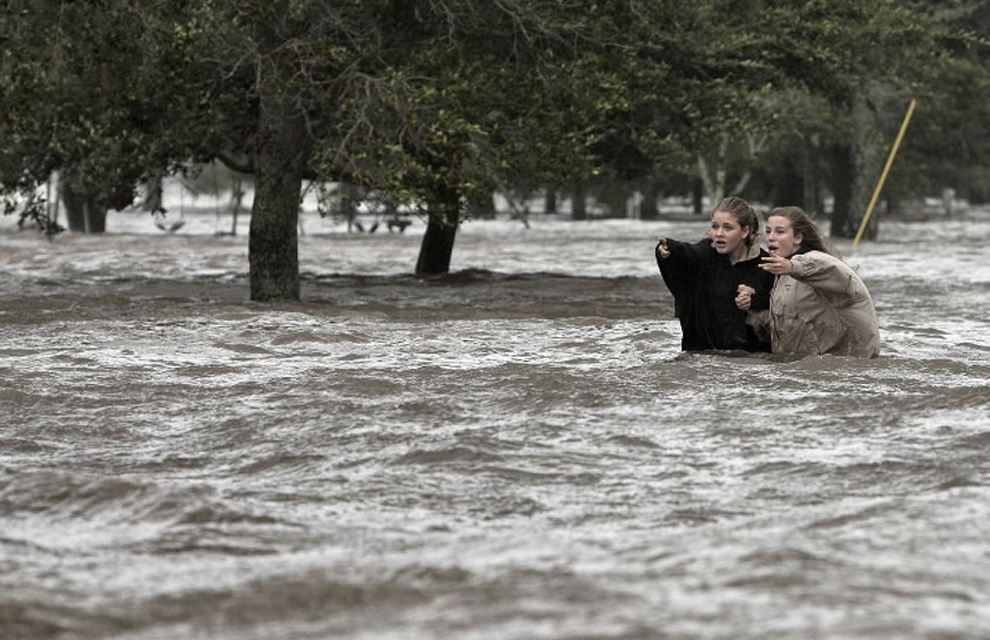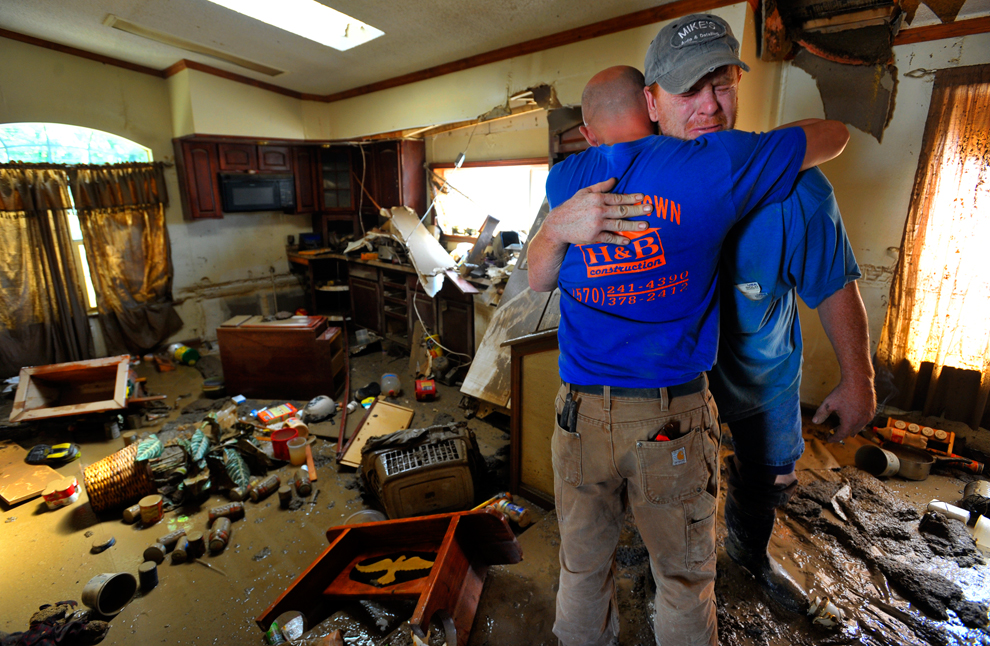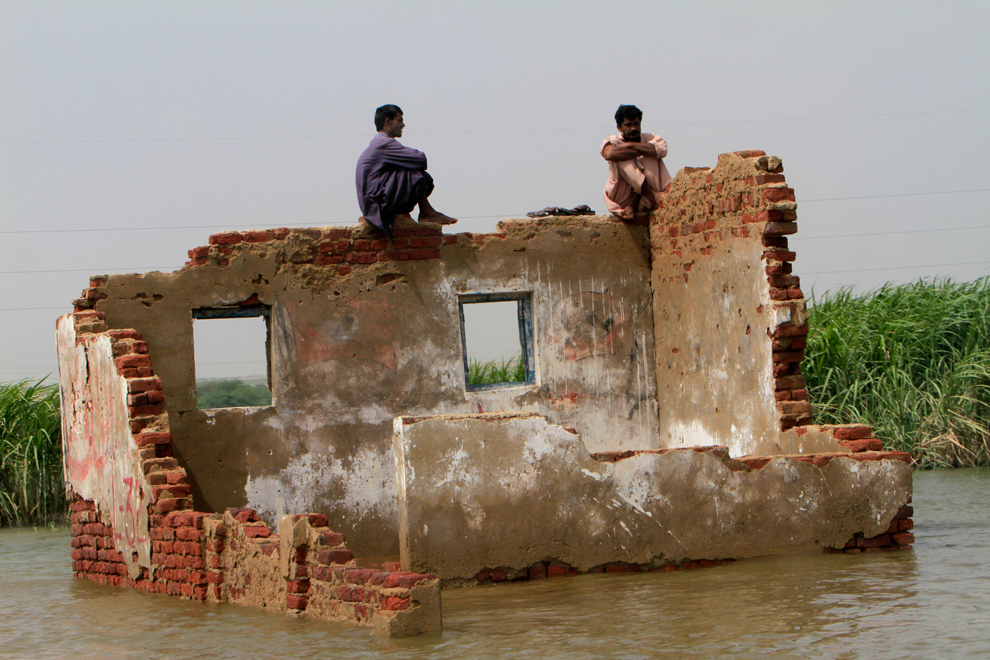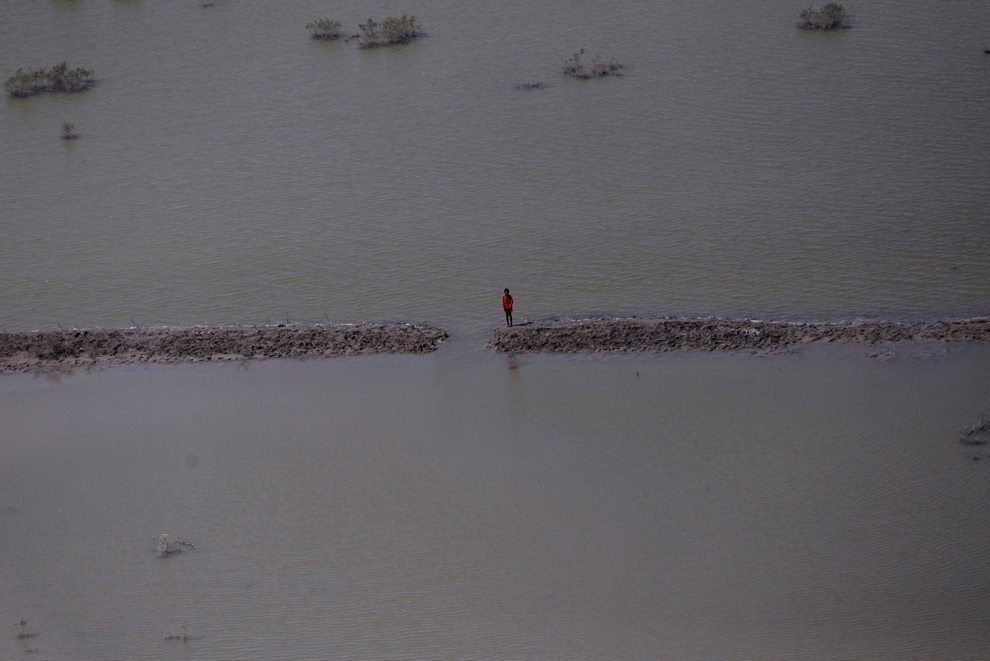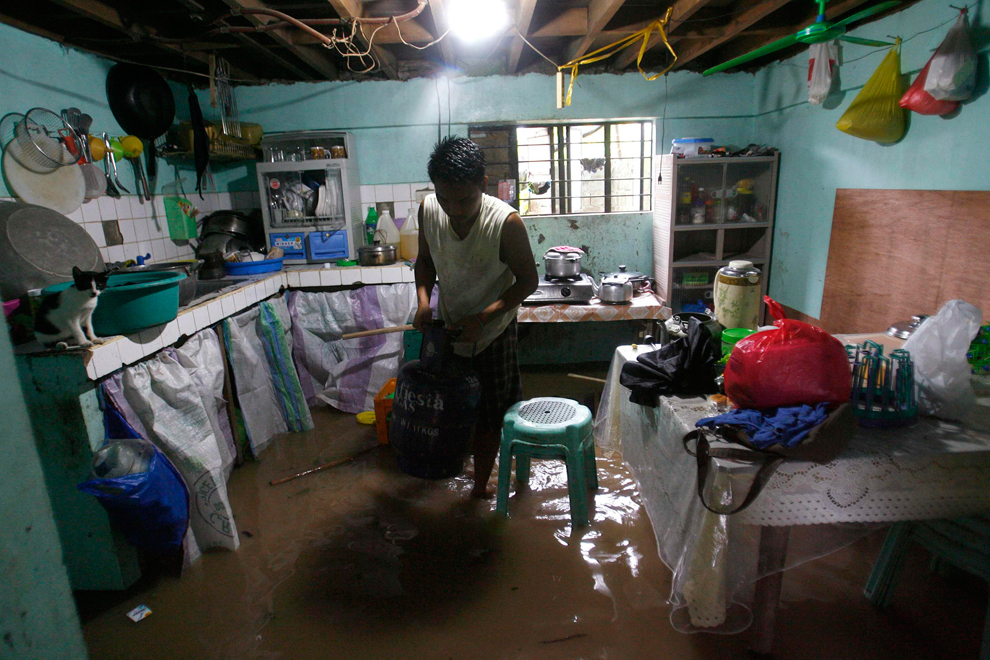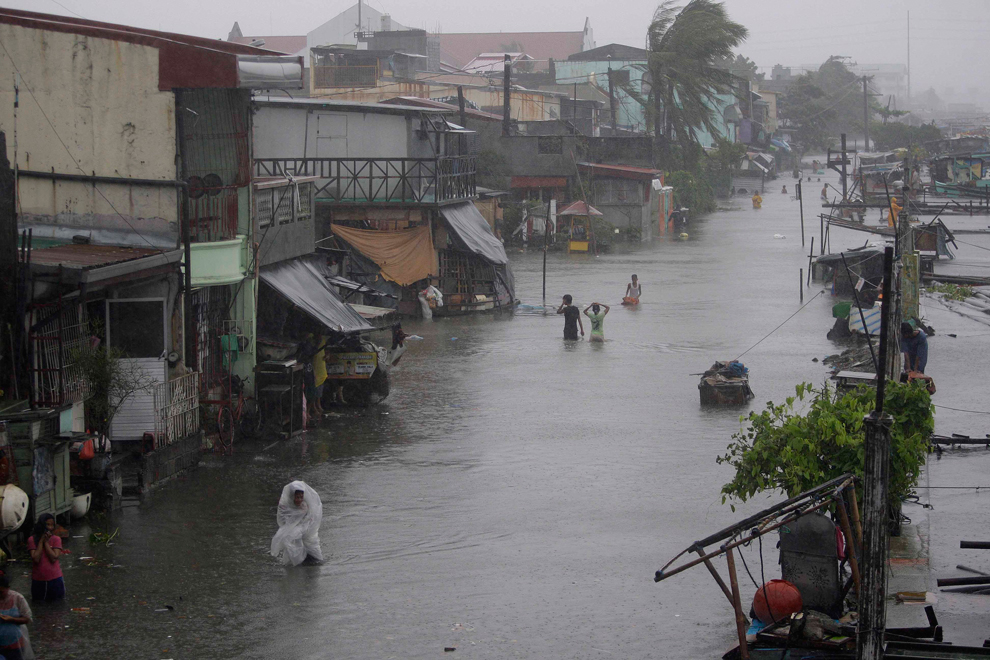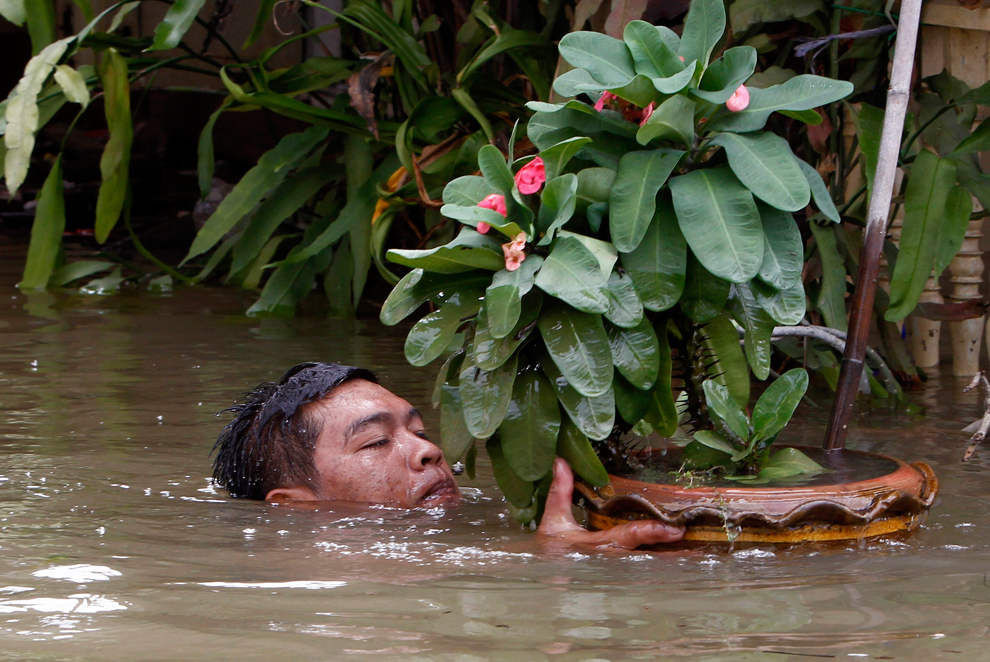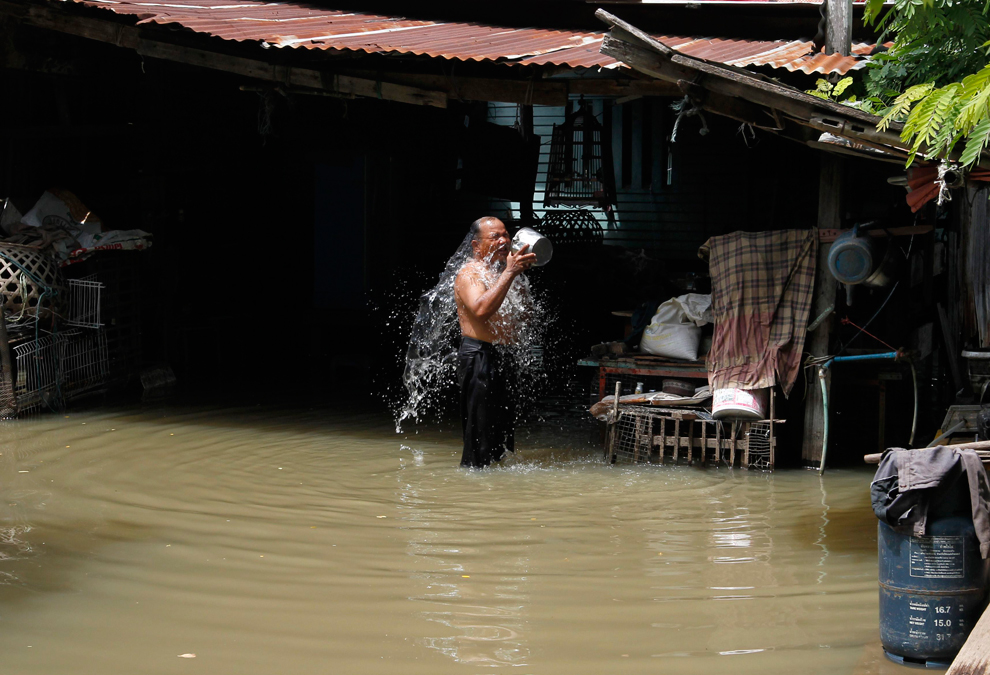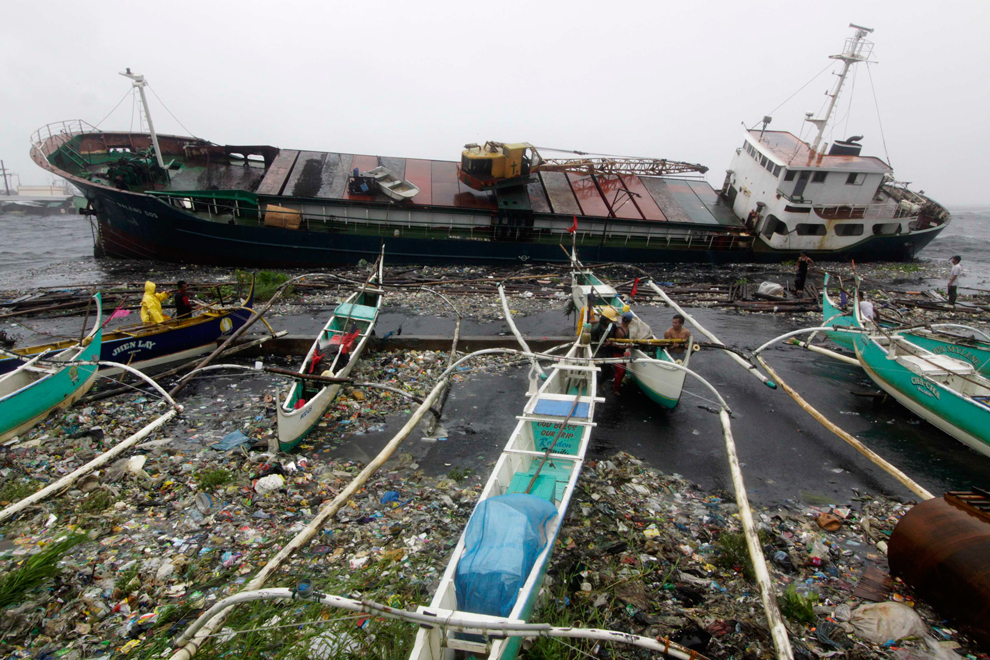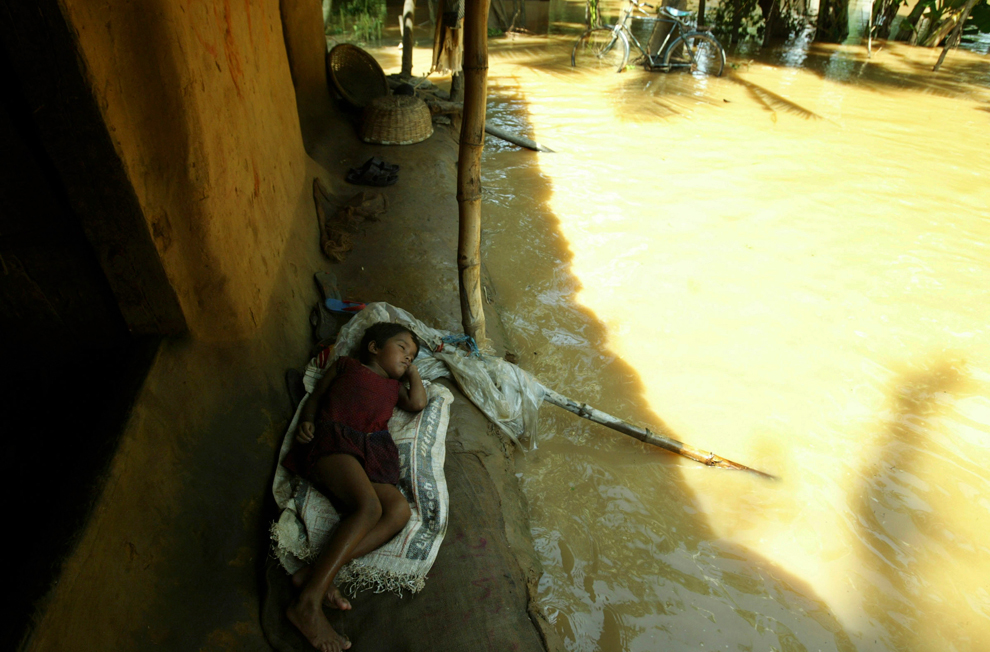Monday, December 19, 2011
Bearing Witness in Iraq
By MICHAEL KAMBER
Baghdad, Iraq
A handful of photographers showed up at the Baghdad airport last Thursday for a forlorn ceremony marking the end of the Iraq war. It seemed a fitting end — both for the military and the photojournalists — to a war that began eight years ago with “shock and awe,” and an enormous attendant gallery of picture-takers.
I made the first of my many trips in 2003. What have I accomplished in the years I have spent here, sweating, waiting, wondering? Yes, I have a stock of images: of patrols and morgues, late night raids, of frightened Iraqi children, women screaming in pain, an occasional celebration, bored Americans lying in their bunks. My files are filled with the faces of Iraqis and Americans, laughing, shouting, furious, bloody and tearful. My photos show the range of human experience here in Iraq, from smiling children to smoldering bodies and most of what falls in between.
I’m left, too, with the interwoven narratives of my subjects, whose lives crossed my camera’s viewfinder briefly, and will now never be the same. Looking back at eight years of images, I wonder: Where are these people and how are they getting by after being ravaged by this conflict? Where is the American soldier — a former college basketball star — whom I photographed the day her arm was blown off? Or the Iraqi mother who wailed beside the wall where her son had been killed earlier that morning?
Some had questions for me.
A soldier tracked me down recently. He wanted to apologize for threatening to kill me on a hot and bloody Baghdad day seven years ago. I was photographing on the outskirts of Sadr City as he pulled the body of an American soldier from a bomb-destroyed vehicle. The corpse was falling apart as he and other soldiers tried to lift their comrade. He turned and swore he’d shoot me if I took another photo. He didn’t look like he was kidding. Still, it was more shame than fear that made me stop.
Now, all these years later, the soldier wanted to see my photos — they might help him understand, he said. They might help banish his nightmares.
I heard, too, from the sister of a soldier killed alongside me a few years later, in the soft fields of the Sunni “Triangle of Death.” She wanted to know if I had details of her brother’s death, or photos taken before he died. I had no photos — at least none she would want to see. The details would do little to ease her pain, and I could only lie so much.
Maybe now I can track down others, both Iraqi and American, whose brief encounters with me have lingered in my mind. Maybe I can take photos that will change something in a way I fear my photos of those long-ago days did not.
For years, I’ve sat around with my buddies and asked why photography didn’t do more — as in Vietnam — to change the course of the Iraq war. Not necessarily to mobilize people against it, just to get people more involved, to make them feel closer to the soldiers and civilians.
 When the war started, photojournalism did show its power to sway public opinion. But it was in those early years as well — in some of the same images — that we saw photojournalism’s failures.
When the war started, photojournalism did show its power to sway public opinion. But it was in those early years as well — in some of the same images — that we saw photojournalism’s failures.
In the days after the 2003 invasion, thousands of journalists combed the landscape looking for stories and pictures. In the first two years of the war, iconic images sent strong signals to the American people, signals that were crucial in shaping the public’s attitude towards the conflict.
Many of the images were of staged events. Saddam’s statue coming down at Firdus Square and President George W. Bush on the aircraft carrier had as much to do with stagecraft as statecraft. American soldiers’ humiliation of prisoners at Abu Ghraib, was a staging of sorts — photographed for the soldiers’ titillation. Even the hanging of the contractors from a bridge at Fallujah — while not staged — had an element of manipulation, since members of the violent mob told photographers they believed the United States would flee Iraq after seeing such scenes of carnage, as it fled Somalia after Blackhawk Down.
These images, all taken in 2003 and 2004, created an visual arc for the American public — of a war going well, then less well, and finally descending into full-scale anarchy. For the Iraqis, the Abu Ghraib images in particular were a bombshell. Years later, the front pages of Iraqi tabloids are still occasionally covered with these pictures.
As has been well documented, within a few years of the war’s start, newspapers all over America were in dire financial straits. Simultaneously in Iraq, foreigners became targets of kidnappings and beheadings. Across the United States and Europe, editors and photographers decided that photographing the war was too dangerous, too expensive and, perhaps most important, a terrible return on investment.
By the middle of 2004, the American press had largely stopped photographing the war — only the New York Times and Time Magazine continued to keep full-time photographers in Iraq.
Because of the danger, the handful of remaining Western photographers increasingly took embeds with the American military, which slowly choked off access to detainees, hospitals, bombing sites, memorials and photos of dead or wounded soldiers. Back home, the Bush administration forbade photographers at funerals in Arlington National Cemetery — even when the families invited the photographer.
Certainly a single day photographing this year’s Libyan revolution offered more freedom of movement than years of shooting in Iraq. Yet in embed after embed, photographers who stuck it out were rewarded with real opportunities to record the war. Controversial photos, like the late Chris Hondros’s iconic image of the blood-spattered girl moments after American troops killed her parents, or Stefan Zaklin’s haunting image from Fallujah of an American soldier laying dead on a kitchen floor, frequently led to the photographers’ expulsion. Yet the images were captured nonetheless; they form a crucial part of the war’s visual lexicon.
And a handful of Western photographers doggedly returned. Franco Pagetti, Yuri Kozyrev, John Moore, Andrea Bruce, Christoph Bangert and Joao Silva were among those who created invaluable photographic records. Mr. Silva, in particular, continued to work the streets of Iraq long after it was deemed impossible by others.
Even as the Western press faded from the scene, The Associated Press, Reuters and Agence France-Presse trained highly capable Iraqis who braved the streets, occasionally being beaten, wounded or jailed. They exceeded all expectations — when The A.P. won the 2005 Pulitzer Prize, Iraqi photographers had taken the lion’s share of the photos.
Yet after 2004, the daily photos of car bombs and wailing Iraqis — provided most often by these Iraqi photographers — dulled the senses of viewers back home. As the American people tired of two grinding wars, photography’s power ran up against a wall of fatigue.
A picture of a mother wailing over her dead child has enormous power. A photo of another mother wailing over another dead child the following day has less power — if an editor can be persuaded to publish it again. Multiply this by hundreds of car bombings and hundreds of grieving mothers — though each is certainly suffering unspeakable pain — and one quickly sees the limitations at the nexus of photojournalism, editorial realities and what the American public wants to see.
For me and my colleagues, we nonetheless felt the duty to bear witness for those back home. Michael Herr wrote that Vietnam was what many journalists of his era had in place of happy childhoods. Iraq was like that for me. Photographing this war was probably the single definitive event of my life.
Day after day, year after year, I went out on patrols, chased down car bombs, snuck into hospitals and morgues.
If it sounds like an adventure, it wasn’t. You can’t have an adventure when you’re as terrified as I was — as many of us were. Soldiers, civilians and our colleagues were killed around us as we worked. Death became normal; a lost limb was a lucky break. On days off, I huddled in my room at the bureau, listening to Katyusha rockets scream overhead, praying they would not fall short as they crashed into the Green Zone just across the river.
 Michael Kamber for The New York Times June 18, 2008. Sadr City, Baghdad, Iraq. A morgue worker gestures to a photographer to stop as he stands in front of a victim of a truck bombing which killed 65 Iraqis.
I don’t if you can ever know sheer terror until having ridden down a heavily-mined road, knuckles white, trying to gauge where the hot steel will rip through the floor. My colleague Ben Lowy returned shaken from one such patrol in which four Humvees had been blown to pieces, littering the ground with the body parts of men he had been joking and laughing with minutes earlier. His photo of a human spine, laying amongst the debris, has never left me.
Michael Kamber for The New York Times June 18, 2008. Sadr City, Baghdad, Iraq. A morgue worker gestures to a photographer to stop as he stands in front of a victim of a truck bombing which killed 65 Iraqis.
I don’t if you can ever know sheer terror until having ridden down a heavily-mined road, knuckles white, trying to gauge where the hot steel will rip through the floor. My colleague Ben Lowy returned shaken from one such patrol in which four Humvees had been blown to pieces, littering the ground with the body parts of men he had been joking and laughing with minutes earlier. His photo of a human spine, laying amongst the debris, has never left me.
Those same soldiers had displayed a total dedication to “winning the war,” even if none of them seemed sure what victory would look like. When they lost friends in combat, they took a day to recover, then went back down the same roads to do their job, to do their duty.
As for victory, let’s leave that for the historians. I can say that in Fallujah in 2007 and 2008, 25-year-old lieutenants were handing out tens of thousands in cash to pacify fighters. Local sheiks were given multi-million dollar contracts to clean canals, fix roads — and not attack US troops.
Last week I returned to Fallujah, a short distance from where they hung the contractors from the bridge in 2004. The streets today are lined with new million-dollar mansions, paid for with American taxpayer money. Yet Iraqi government officials and clerics held a ceremony celebrating the withdrawal — in front of banners festooned with photos of burning American Humvees.
If the Americans are looking for thanks from the Iraqis, it will be a long time coming.
At Thursday’s ceremony to mark the end of the war, Prime Minister Nuri Kamal al-Maliki and other top Iraqi officials didn’t bother to attend, and the American military thought it unnecessary to invite the Iraqi press.
A hundred or so American soldiers shuffled onto the once-bustling parade grounds, and it felt odd — and a bit melancholy — to realize this would be the last time I’d photograph American troops in Iraq — after all the years of slogging through fields, the long hours in the dusty weight rooms reminiscing about home and women, the forced laughter as we bounced along Iraq’s roads in the back of Humvees and MRAPs.
After the ceremony, we trickled out through the formerly pristine base, where thousands of Americans had only recently hurried about on matters of transient urgency. Already, the base looked shoddy, abandoned. Signs leaned drunkenly and Hesco barriers slowly collapsed along the perimeter, their sand-filled guts leaking back into the desert.
It looked as if they’d been waiting all along for this chance to return to their natural state, seizing it only now that the Americans were no longer there to care for them.
Baghdad, Iraq
A handful of photographers showed up at the Baghdad airport last Thursday for a forlorn ceremony marking the end of the Iraq war. It seemed a fitting end — both for the military and the photojournalists — to a war that began eight years ago with “shock and awe,” and an enormous attendant gallery of picture-takers.
I made the first of my many trips in 2003. What have I accomplished in the years I have spent here, sweating, waiting, wondering? Yes, I have a stock of images: of patrols and morgues, late night raids, of frightened Iraqi children, women screaming in pain, an occasional celebration, bored Americans lying in their bunks. My files are filled with the faces of Iraqis and Americans, laughing, shouting, furious, bloody and tearful. My photos show the range of human experience here in Iraq, from smiling children to smoldering bodies and most of what falls in between.
I’m left, too, with the interwoven narratives of my subjects, whose lives crossed my camera’s viewfinder briefly, and will now never be the same. Looking back at eight years of images, I wonder: Where are these people and how are they getting by after being ravaged by this conflict? Where is the American soldier — a former college basketball star — whom I photographed the day her arm was blown off? Or the Iraqi mother who wailed beside the wall where her son had been killed earlier that morning?
Some had questions for me.
A soldier tracked me down recently. He wanted to apologize for threatening to kill me on a hot and bloody Baghdad day seven years ago. I was photographing on the outskirts of Sadr City as he pulled the body of an American soldier from a bomb-destroyed vehicle. The corpse was falling apart as he and other soldiers tried to lift their comrade. He turned and swore he’d shoot me if I took another photo. He didn’t look like he was kidding. Still, it was more shame than fear that made me stop.
Now, all these years later, the soldier wanted to see my photos — they might help him understand, he said. They might help banish his nightmares.
I heard, too, from the sister of a soldier killed alongside me a few years later, in the soft fields of the Sunni “Triangle of Death.” She wanted to know if I had details of her brother’s death, or photos taken before he died. I had no photos — at least none she would want to see. The details would do little to ease her pain, and I could only lie so much.
Maybe now I can track down others, both Iraqi and American, whose brief encounters with me have lingered in my mind. Maybe I can take photos that will change something in a way I fear my photos of those long-ago days did not.
For years, I’ve sat around with my buddies and asked why photography didn’t do more — as in Vietnam — to change the course of the Iraq war. Not necessarily to mobilize people against it, just to get people more involved, to make them feel closer to the soldiers and civilians.

Michael Kamber for The New York Times March 31, 2008. Abu Ghraib District, Iraq. During a night mission, American soldiers search and question men found digging along the side of the road and suspected of planting bombs.
In the days after the 2003 invasion, thousands of journalists combed the landscape looking for stories and pictures. In the first two years of the war, iconic images sent strong signals to the American people, signals that were crucial in shaping the public’s attitude towards the conflict.
Many of the images were of staged events. Saddam’s statue coming down at Firdus Square and President George W. Bush on the aircraft carrier had as much to do with stagecraft as statecraft. American soldiers’ humiliation of prisoners at Abu Ghraib, was a staging of sorts — photographed for the soldiers’ titillation. Even the hanging of the contractors from a bridge at Fallujah — while not staged — had an element of manipulation, since members of the violent mob told photographers they believed the United States would flee Iraq after seeing such scenes of carnage, as it fled Somalia after Blackhawk Down.
These images, all taken in 2003 and 2004, created an visual arc for the American public — of a war going well, then less well, and finally descending into full-scale anarchy. For the Iraqis, the Abu Ghraib images in particular were a bombshell. Years later, the front pages of Iraqi tabloids are still occasionally covered with these pictures.
As has been well documented, within a few years of the war’s start, newspapers all over America were in dire financial straits. Simultaneously in Iraq, foreigners became targets of kidnappings and beheadings. Across the United States and Europe, editors and photographers decided that photographing the war was too dangerous, too expensive and, perhaps most important, a terrible return on investment.
By the middle of 2004, the American press had largely stopped photographing the war — only the New York Times and Time Magazine continued to keep full-time photographers in Iraq.
Because of the danger, the handful of remaining Western photographers increasingly took embeds with the American military, which slowly choked off access to detainees, hospitals, bombing sites, memorials and photos of dead or wounded soldiers. Back home, the Bush administration forbade photographers at funerals in Arlington National Cemetery — even when the families invited the photographer.
Michael Kamber for The New York Times May 11, 2007. Khadimiya, Baghdad, Iraq. Members of the 82nd Airborne searching the home of a Shia militia member suspected of murdering and kidnapping of Sunnis.
And a handful of Western photographers doggedly returned. Franco Pagetti, Yuri Kozyrev, John Moore, Andrea Bruce, Christoph Bangert and Joao Silva were among those who created invaluable photographic records. Mr. Silva, in particular, continued to work the streets of Iraq long after it was deemed impossible by others.
Even as the Western press faded from the scene, The Associated Press, Reuters and Agence France-Presse trained highly capable Iraqis who braved the streets, occasionally being beaten, wounded or jailed. They exceeded all expectations — when The A.P. won the 2005 Pulitzer Prize, Iraqi photographers had taken the lion’s share of the photos.
Yet after 2004, the daily photos of car bombs and wailing Iraqis — provided most often by these Iraqi photographers — dulled the senses of viewers back home. As the American people tired of two grinding wars, photography’s power ran up against a wall of fatigue.
A picture of a mother wailing over her dead child has enormous power. A photo of another mother wailing over another dead child the following day has less power — if an editor can be persuaded to publish it again. Multiply this by hundreds of car bombings and hundreds of grieving mothers — though each is certainly suffering unspeakable pain — and one quickly sees the limitations at the nexus of photojournalism, editorial realities and what the American public wants to see.
For me and my colleagues, we nonetheless felt the duty to bear witness for those back home. Michael Herr wrote that Vietnam was what many journalists of his era had in place of happy childhoods. Iraq was like that for me. Photographing this war was probably the single definitive event of my life.
Day after day, year after year, I went out on patrols, chased down car bombs, snuck into hospitals and morgues.
If it sounds like an adventure, it wasn’t. You can’t have an adventure when you’re as terrified as I was — as many of us were. Soldiers, civilians and our colleagues were killed around us as we worked. Death became normal; a lost limb was a lucky break. On days off, I huddled in my room at the bureau, listening to Katyusha rockets scream overhead, praying they would not fall short as they crashed into the Green Zone just across the river.
 Michael Kamber for The New York Times June 18, 2008. Sadr City, Baghdad, Iraq. A morgue worker gestures to a photographer to stop as he stands in front of a victim of a truck bombing which killed 65 Iraqis.
Michael Kamber for The New York Times June 18, 2008. Sadr City, Baghdad, Iraq. A morgue worker gestures to a photographer to stop as he stands in front of a victim of a truck bombing which killed 65 Iraqis.Those same soldiers had displayed a total dedication to “winning the war,” even if none of them seemed sure what victory would look like. When they lost friends in combat, they took a day to recover, then went back down the same roads to do their job, to do their duty.
As for victory, let’s leave that for the historians. I can say that in Fallujah in 2007 and 2008, 25-year-old lieutenants were handing out tens of thousands in cash to pacify fighters. Local sheiks were given multi-million dollar contracts to clean canals, fix roads — and not attack US troops.
Last week I returned to Fallujah, a short distance from where they hung the contractors from the bridge in 2004. The streets today are lined with new million-dollar mansions, paid for with American taxpayer money. Yet Iraqi government officials and clerics held a ceremony celebrating the withdrawal — in front of banners festooned with photos of burning American Humvees.
If the Americans are looking for thanks from the Iraqis, it will be a long time coming.
At Thursday’s ceremony to mark the end of the war, Prime Minister Nuri Kamal al-Maliki and other top Iraqi officials didn’t bother to attend, and the American military thought it unnecessary to invite the Iraqi press.
A hundred or so American soldiers shuffled onto the once-bustling parade grounds, and it felt odd — and a bit melancholy — to realize this would be the last time I’d photograph American troops in Iraq — after all the years of slogging through fields, the long hours in the dusty weight rooms reminiscing about home and women, the forced laughter as we bounced along Iraq’s roads in the back of Humvees and MRAPs.
After the ceremony, we trickled out through the formerly pristine base, where thousands of Americans had only recently hurried about on matters of transient urgency. Already, the base looked shoddy, abandoned. Signs leaned drunkenly and Hesco barriers slowly collapsed along the perimeter, their sand-filled guts leaking back into the desert.
It looked as if they’d been waiting all along for this chance to return to their natural state, seizing it only now that the Americans were no longer there to care for them.












